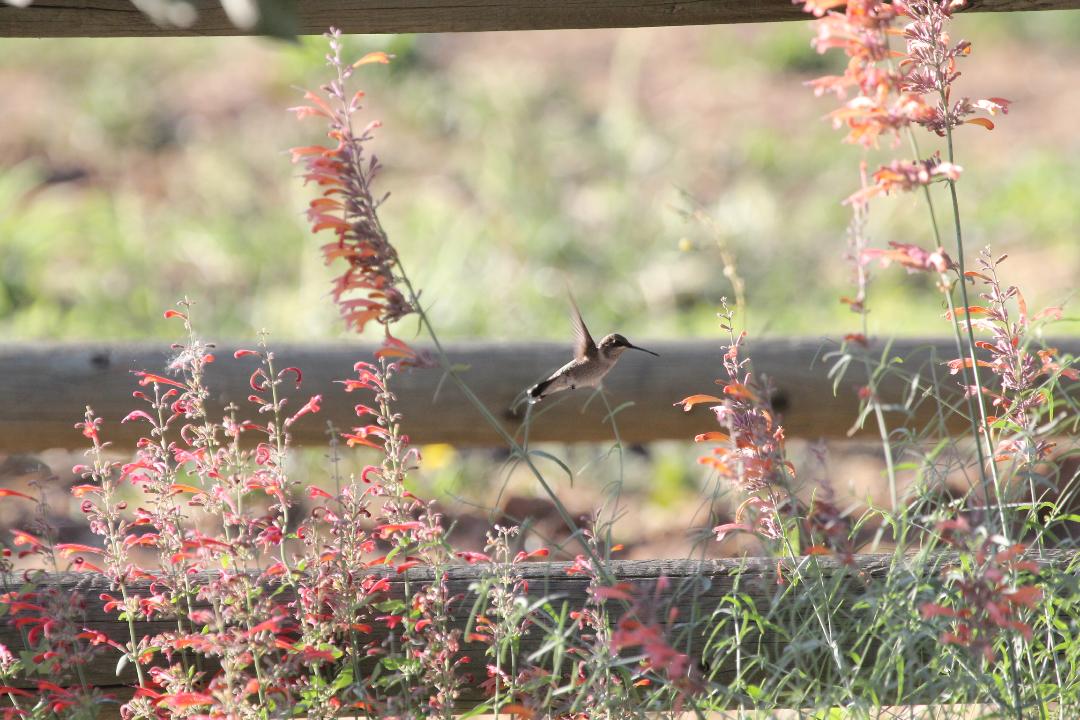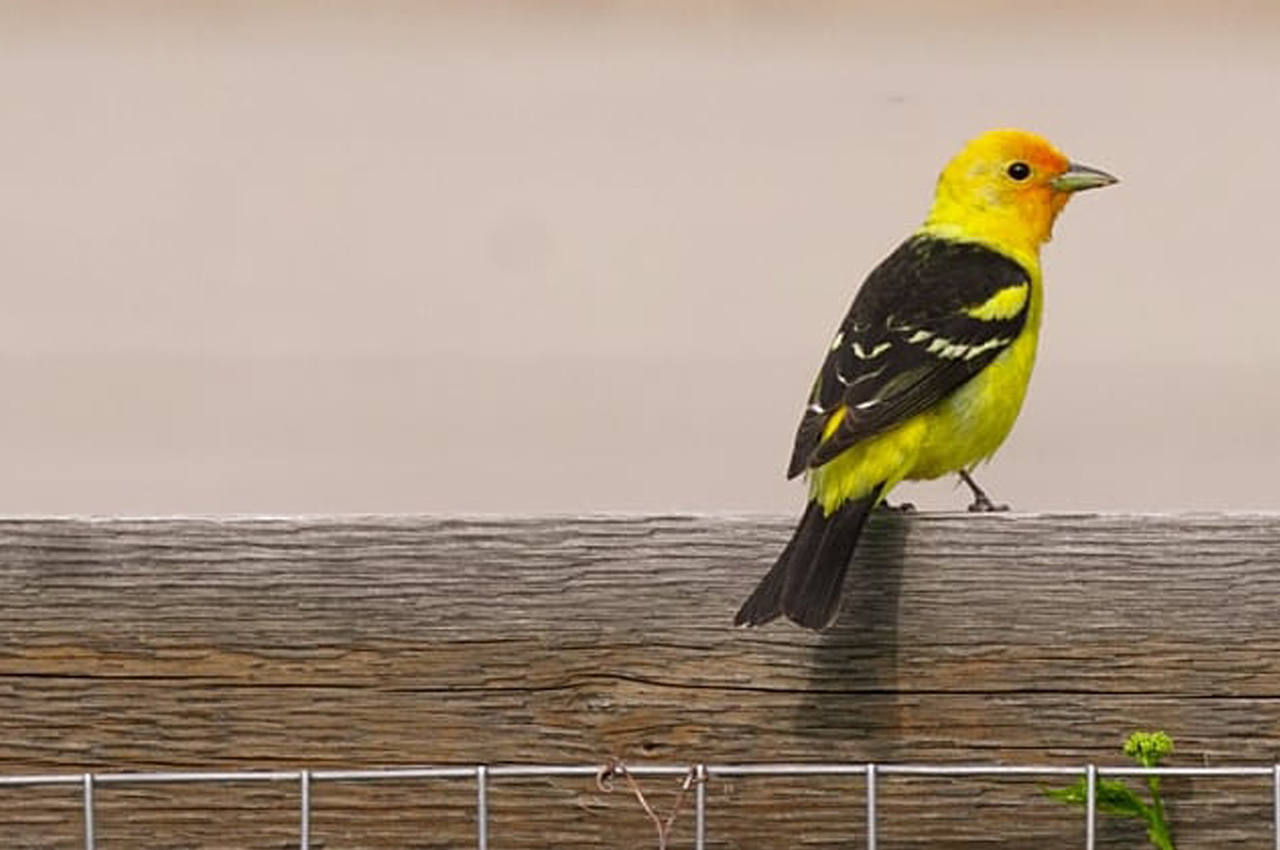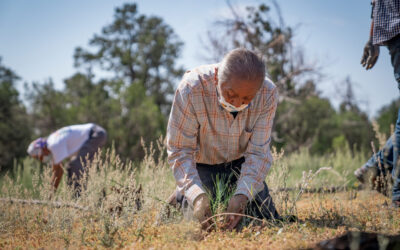This photo of a Western Tanager was taken in southeast Fort Collins by Seth Pickett.
By Dan England
Dick Maxfield was a peak bagger until the mid-1990s. Then one of his friends was killed on a trip up El Diente, a 14er down in southern Colorado, and Maxfield decided he’d had enough experiences in the mountains.
He always loved casual birding, and he discovered that it offered many of the same rewards mountaineering offered, including the beauty and fresh air of the outdoors, the sense of adventure and even the competitive checklists.
So Maxfield went all in on birding, eventually acting as president of Weld County’s Audubon chapter before it disbanded. Like the birders profiled in the May issue of NOCO Style, Maxfield put hundreds of miles on his odometer in pursuit of scarce sightings. He once drove several hours out to Nebraska to see a Common Crane among the thousands of Sandhills that were migrating, with no guarantee the rare bird would still be there when he arrived. He smiles at the memory of the dust flying under tires when a report came in that it was only a few miles from where birders were searching. He saw his bird and checked it off his list.
“We had a lot of great experiences,” says Maxfield (pictured at top in this 2012 Greeley Tribune article).
He’s 83 now, and he doesn’t chase sightings nearly as much anymore. But he doesn’t have to. These days, the birds come to Maxfield.

Once local officials understood the concept, they stopped harassing Maxfield about his property and moved to protect it instead. After the National Wildlife Federation certified his so-
called Backyard Wildlife Habitat, the city of Greeley responded by doing the same thing. His backyard, Maxfield believes, is the only one in Greeley to be officially recognized as a wildlife habitat.
He’s since spotted 92 bird species in his backyard, or nearly a quarter of all the bird species that have ever been spotted in Larimer County. He probably has photos of all of them. Be careful if you ask to see them: You may be with him for awhile.
Maxfield hopes his backyard habitat will always be there for the birds. “It’s the best thing I ever did,” he says.






